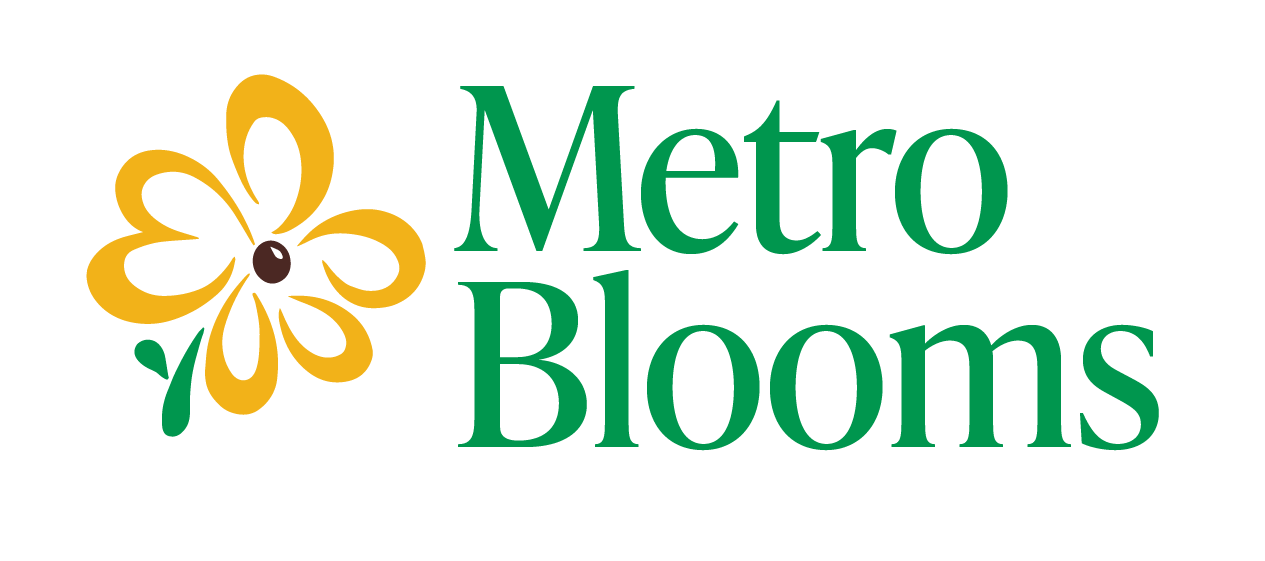Family: Lamiaceae (Mint) Family
Scientific name: Monarda fistulosa
Grows on prairie hillsides, pastures, roadsides, stream banks, and occasionally in open woods. Usually in rocky soil. Perennial herb.
Watch for: Purple flower, leaves simple, opposite and lance-shaped. Fragrant, lower surfaces hairy, with square stem.
Other names: Wild Bergamont, Oswego Tea (Lake Oswego, Oregon), Long-flowered Horsemint, Fern Mint.
History: Beebalm is a native wildflower to much of the US and Canada. Native Americans use this plant for a variety of medicinal purposes. The Lakota drink a tea made from the flowers as a remedy for fevers or colds. The Winnebagos boil the leaves and apply them to pimples and other skin eruptions on the face. Early Anglo settlers used this plant for medicine, treating headaches as well as nausea, colic, vomiting, and diarrhea.
Tidbits: Beebalm contains a chemical compound called Geraniol, an important perfume component. Production potential per acre might be great enough to make Geraniol from this variety competitive with the synthetic form. The Monarda genus is similar to Bergamont Orange, which is grown in Italy and France as a main ingredient in Earl Gray tea. Beebalm’s cousin, Spotted Beebalm, is threatened or endangered in many states.
Gardens/Cultivation: Beebalm is often used around borders to encourage hummingbirds and pollinating insects, including predatory insects that hunt garden pests. It’s very attractive to bees, which feed on the flowers heavily. It’s easily propogated by dividing the roots or planting the small seeds, and grows well in gardens. Beebalm grows exceptionally well with tomatoes, improving both health and flavor. This is because of an oil in it’s roots. Companies such as Aveda even use it in a variety of hair products and lotions. There are over 50 commercial cultivars and hybrids used in the US and in Europe. These are often developed in order to combat climatic or pest conditions. Some examples are: Monarda Coral Reef, Monarda Pink Lace, Pink Wonder, Raspberry Wine, and Blue Stocking.
—————————————————————————————————
Sources:
Kindscher, Kelly. Medicinal Wild Plants of the Prairie: An Ethnobotanical Guide. University Press of Kansas. Lawrence, Kansas, 1992.
